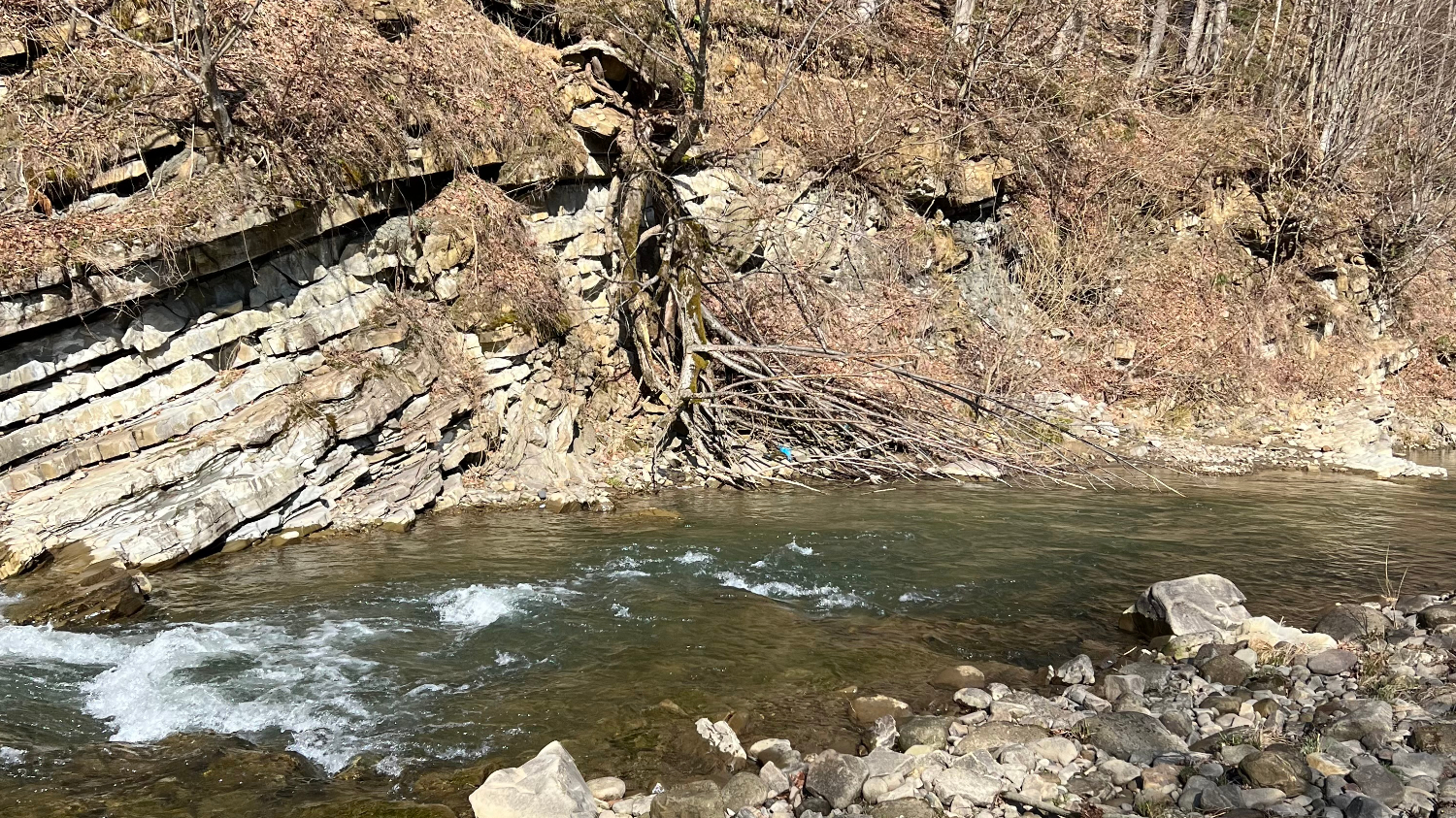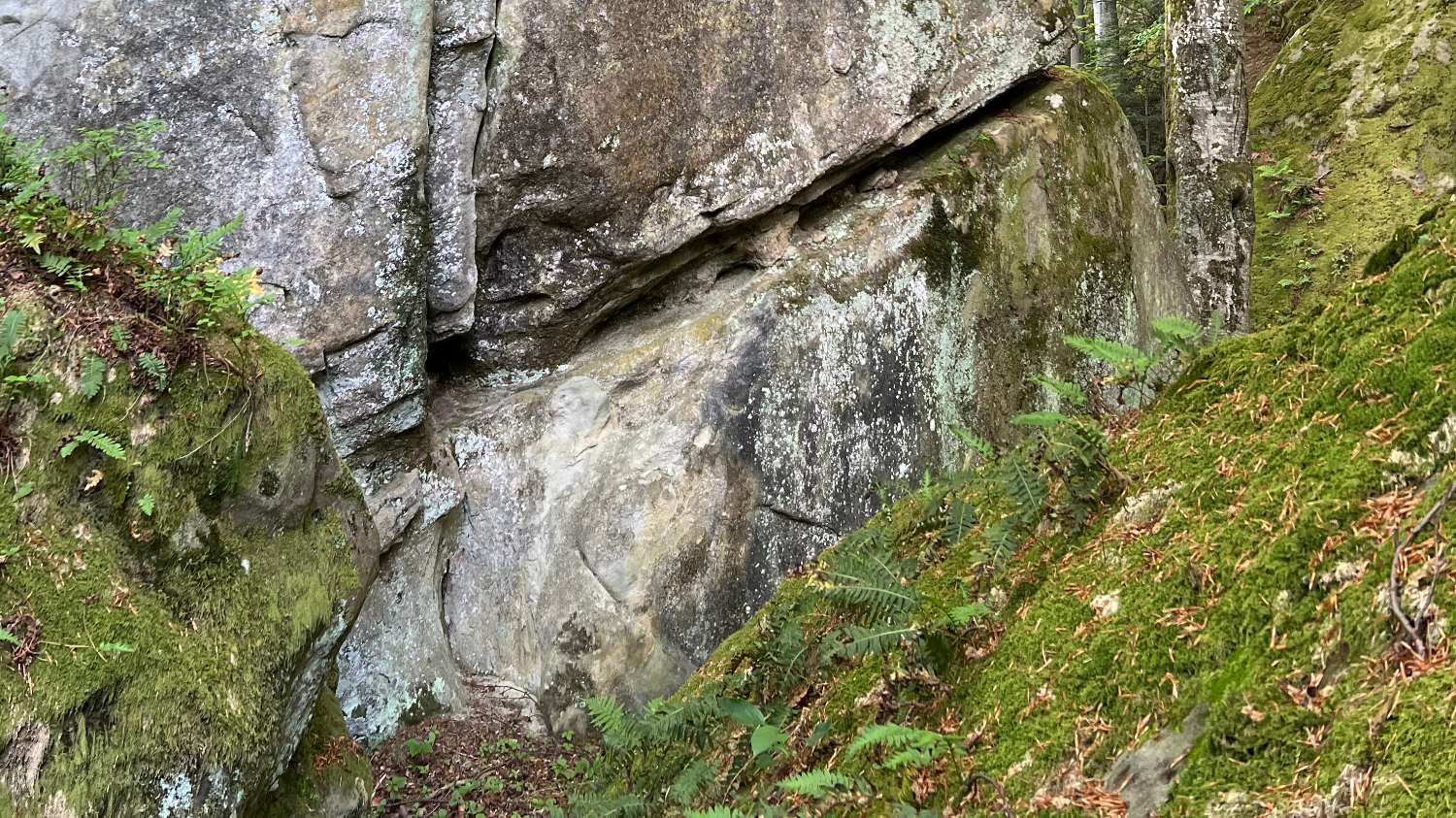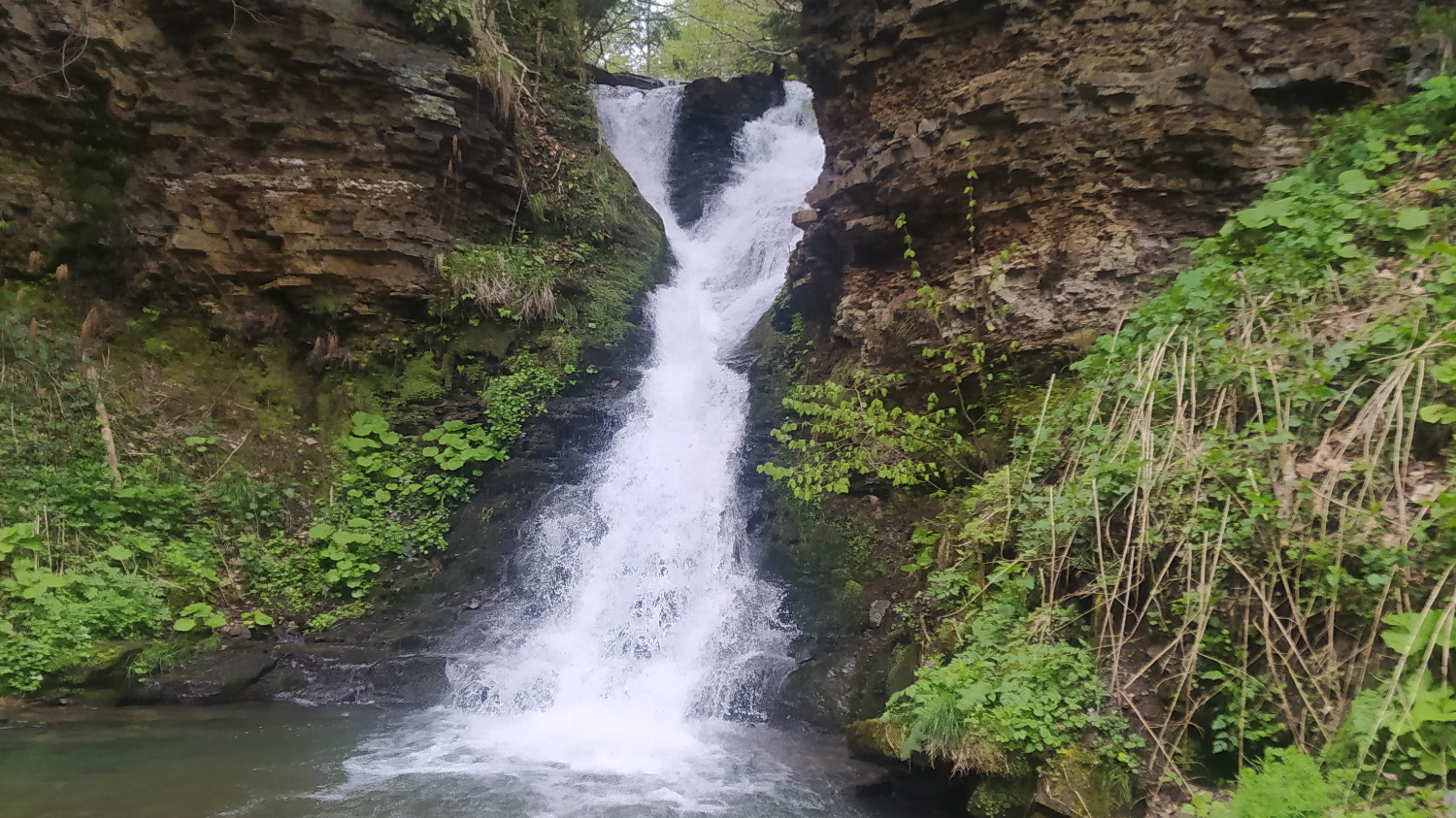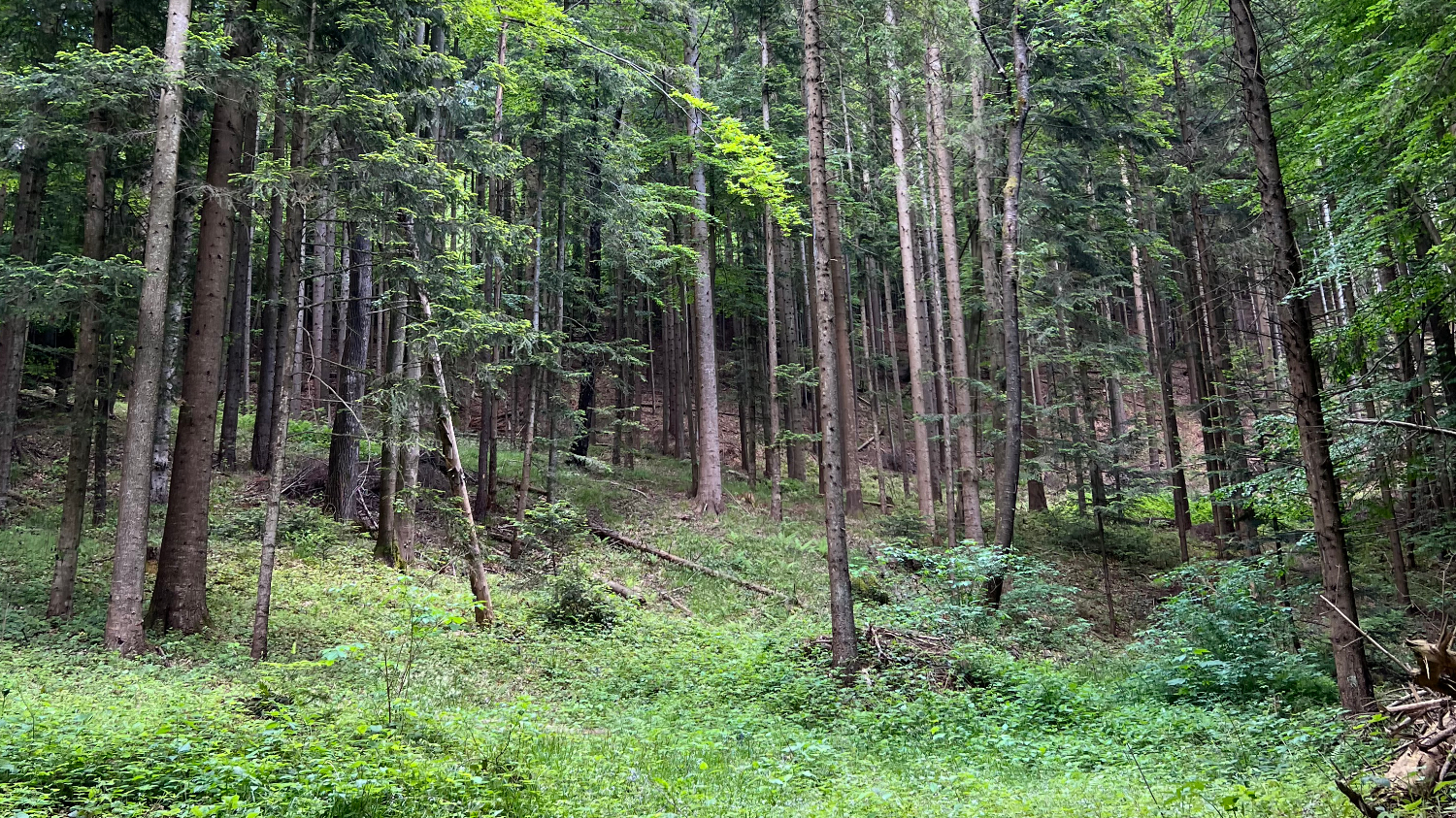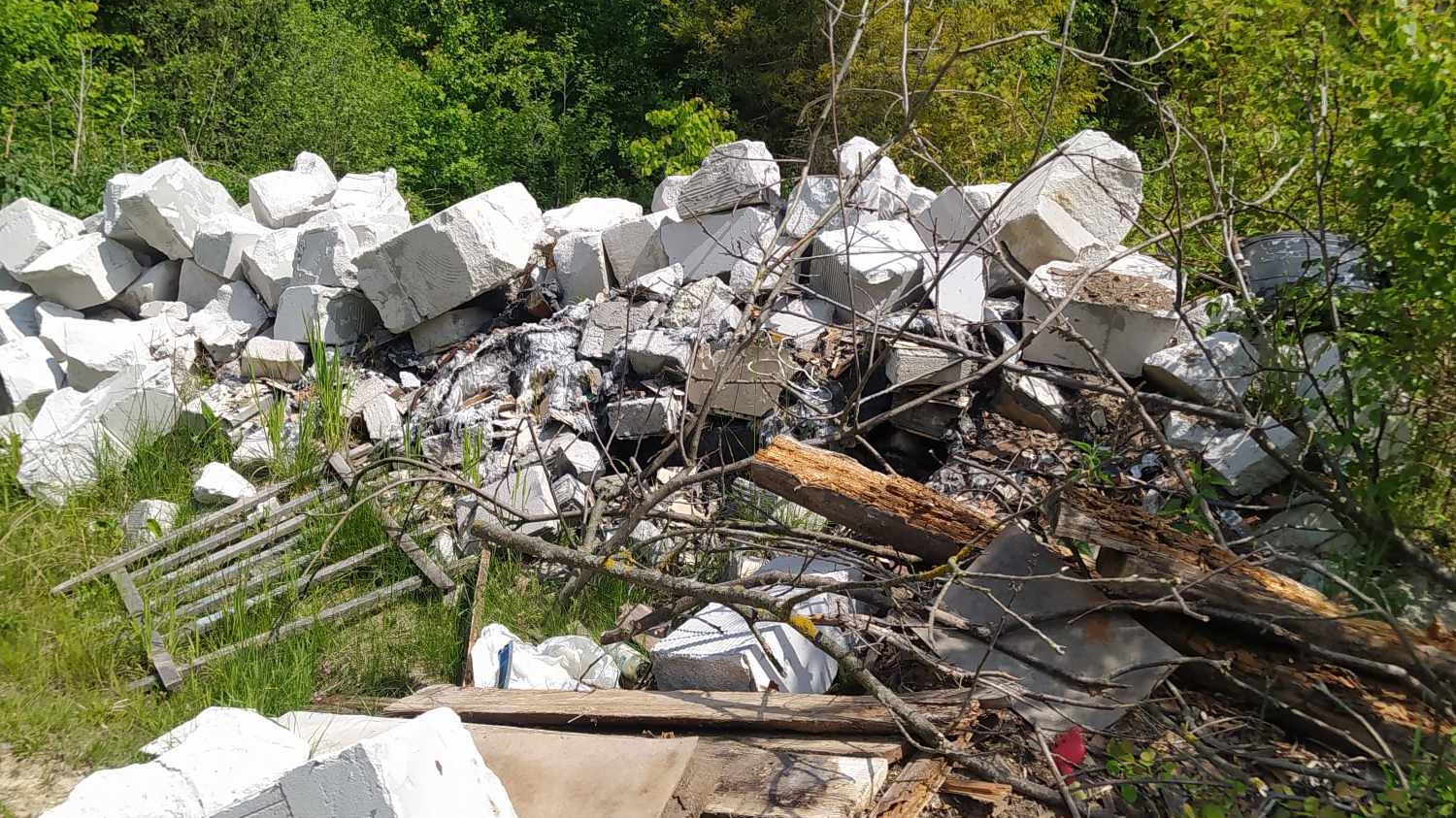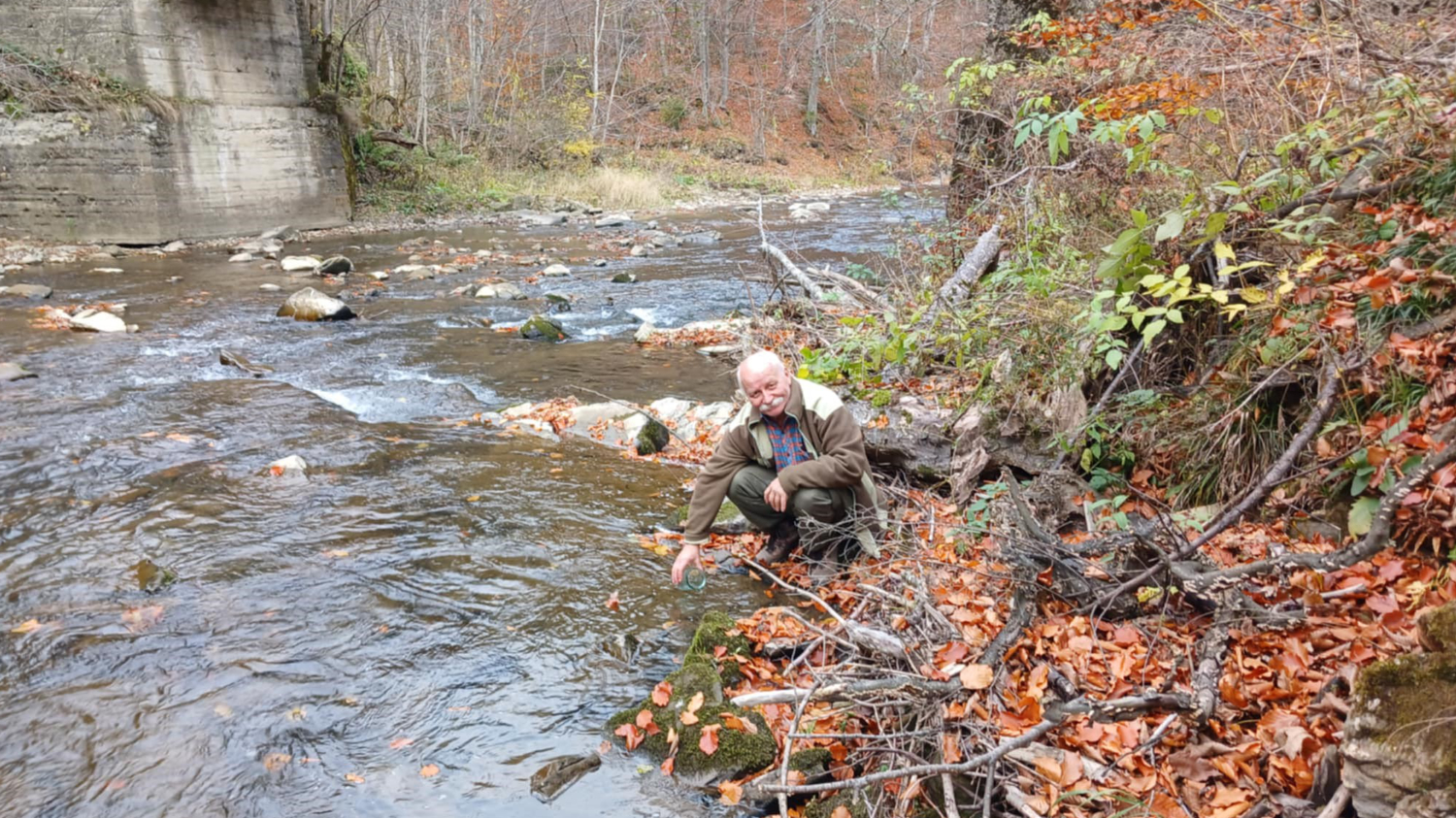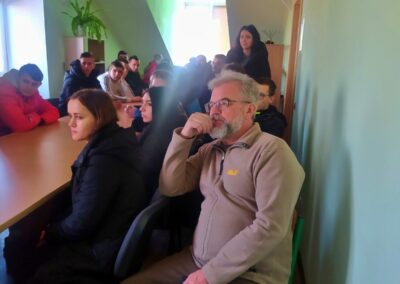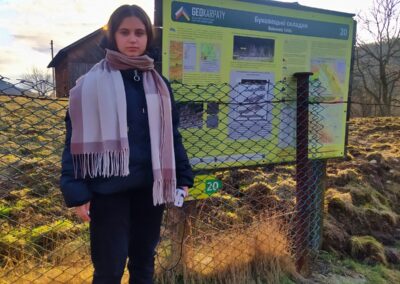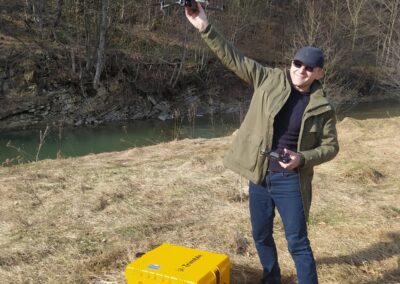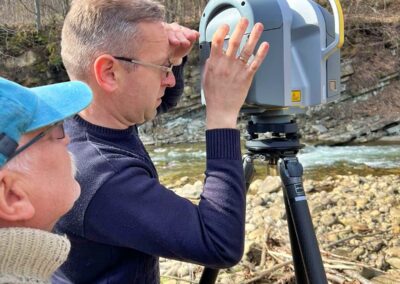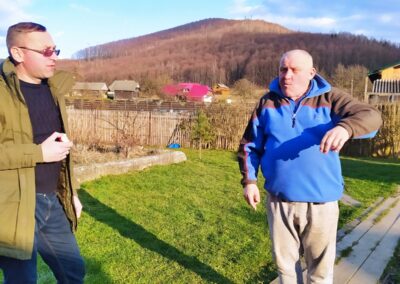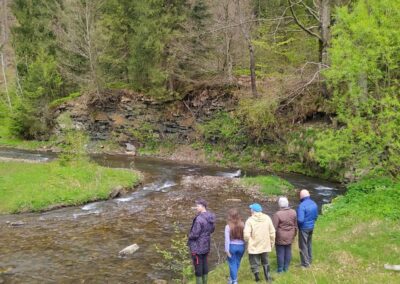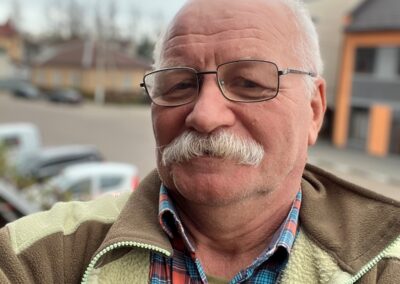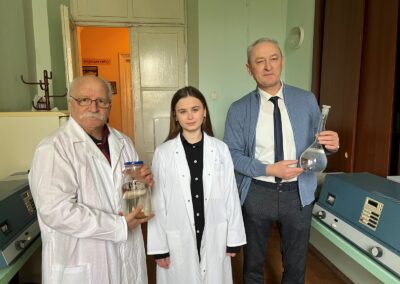Special Donation Opportunity until July 31st!
Clean Rivers is a Greenworks-sponsored project focusing on river clean-up and geotourism along the Sukel’ River in the Carpathian Mountains, Ukraine.
About
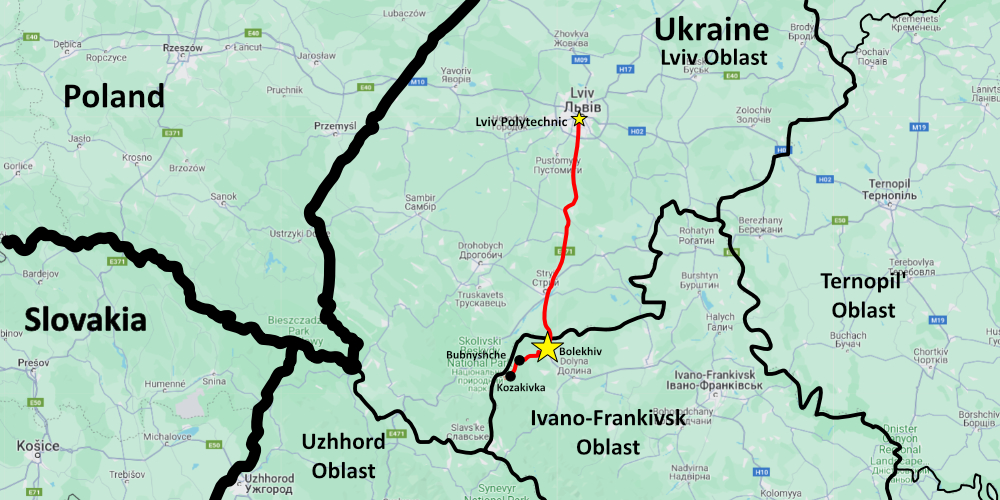
Where is the Sukel’ River?
The Sukel’ River valley is located in western Ukraine within the Carpathian Mountains. It flows through several villages and towns in the Ivano-Frankivsk region, including Bolekhiv, which is known for the ruins of its saltworks. The Dovbush Rocks are an important geological and tourist attraction in the region, often associated with the Robin Hood-style folk hero Oleksa Dovbush.
We are working with faculty at Lviv Polytechnic to help them develop an extension network with local communities in the Sukel’ River valley and Precarpathian Professional College of Forestry and Tourism.
Who Lives There?
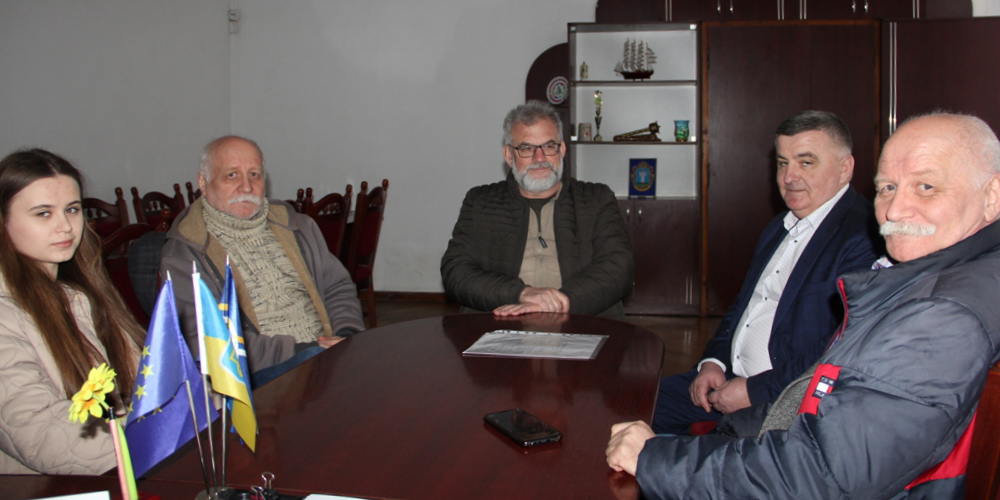
A number of Carpathian groups live throughout the region, including the Lemkos, Boykos, and Hutsuls. The Sukel’ River Valley lies within the traditional lands of the Boykos. The current residents of the villages in the region primarily engage in agriculture, forestry, and ecotourism.
What are We Doing?
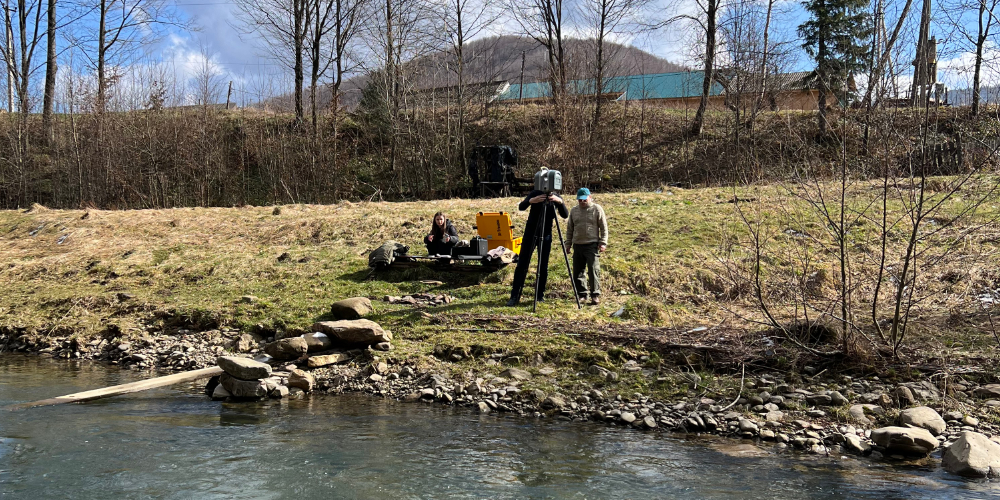
We are working to develop a robust extension community involving Lviv Polytechnic and communities and educational institutions in the Sukel’ River Valley region to develop knowledge, research, and teaching resources about the river and surrounding geoforms for use in tourism activities.
What is Geotourism?
Geotourism is a form of tourism that focuses on a region’s geological features, landscapes, and natural environments while promoting conservation, sustainability, and education. It aims to provide visitors with an understanding of and appreciation for the geological heritage and processes that have shaped the Earth’s surface, such as rock formations, fossils, volcanic activity, and other natural phenomena.
Geotourism is closely tied to geoethics, a field of study that studies the interactions of humans and the physical environment. Geoethics thinks deeply about the duties and responsibilities of humans as they interact with Earth systems. Sustainable geotourism is one way of helping highlight these Earth systems and the ethics of interacting with the system.
1) The Sukel’ River and its geoforms; 2) Flukovi Rocks along the Sukel’ River; 3) Kozakivka Waterfall on the Sukel’ River; 4) Carpathian forest; 5) Illegal construction dump along the Sukel’ River; 6) Ihor sampling the water of the Sukel’ River for further analysis [photos by Ihor Bubniak]
Project Progress
Project Roadmap
2025 Roadmap
- Complete the Greenworks Project Design curriculum with students at various univerities to generate new project ideas for Clean Rivers
- Develop a geotourism plan for the Sukel’ River region with students and faculty at Precarpathian Professional College of Forestry and Tourism
- Develop learning resources for geotourism projects in the Sukel’ River region and associated towns and villages
Beyond 2025
- Train community members in basic research methodologies for river monitoring and clean-up
- Expand project to investigate soil health and cleanliness in the Sukel’ River valley and associated communities
- Develop renown geotourism program and expand to nearby communities and river systems
Recent Updates
- June 2025 – The Greenworks Project Design curriculum began with students from across Lviv, who will be working on designing geotourism and environmental education projects in the Sukel’ River region.
- May 2025 – Ihor and his team completed fieldwork in Kniazhouluka, Stankivtsi, and Bubnyshche where they identified potential sites of geotouristic interest, recent landslides because of heavy rains, and existing tourism infrastructure.
- March 2025 – Ihor and Lev worked to prepare the Project Design curriculum in Ukrainian to be used with students at Lviv Polytechnic, Ivan Franko National University of Lviv, and Precarpathian Professional College of Forestry and Tourism.
- October 2024 – Ihor and Kateryna analyzed water collected from the Sukel’ River and discovered that the water was cleaner than expected.
- May 2024 – The team mapped the opposite side of the river from the Dovbush Rocks, and discovered an illegal construction dump near the village of Polianytsia as well as a lower environmental impact from recreational activity due to lack of recreational infrastructure.
- April 2024 – The team worked to map the geologic outcrops and spontaneous dumps farther up-river, with dumps identified near the village of Kozakivka. Additionally, they identified significant erosion of topsoil due to unregulated use of horses, ATVs, and motocycles near the Dovbush Rock Formation.
- March 2024 – Ihor, Andrij, Anatolii, and Kateryna surveyed the Sukel’ River in the Bolekhiv area via laser scanning and drones. Additionally, they spoke with the sawmill owner Mykola to discuss managing water pollution from the mill.
- January 2024 – The Clean River project began, with Dr. Ihor Bubniak and his team from Lviv Polytechnic visitng the Precarpathian Professional College of Forestry and Tourism in Bolekhiv as well as the Bolekhiv City Council to discuss the project and its goals.
People
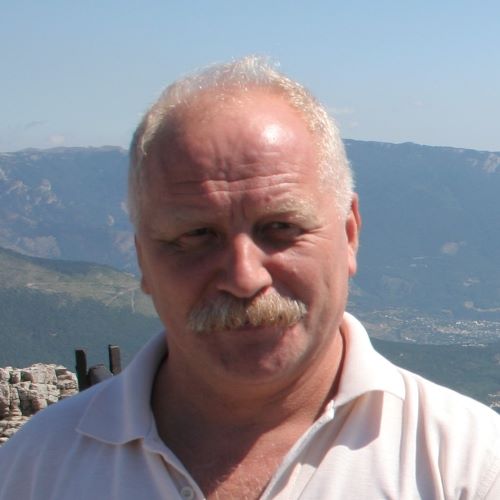
Ihor Bubniak
Project Lead
Lviv Polytechnic
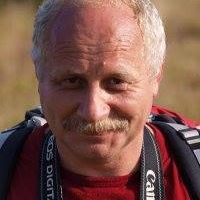
Andrii Bubniak
Curriculum Development
Lviv Polytechnic
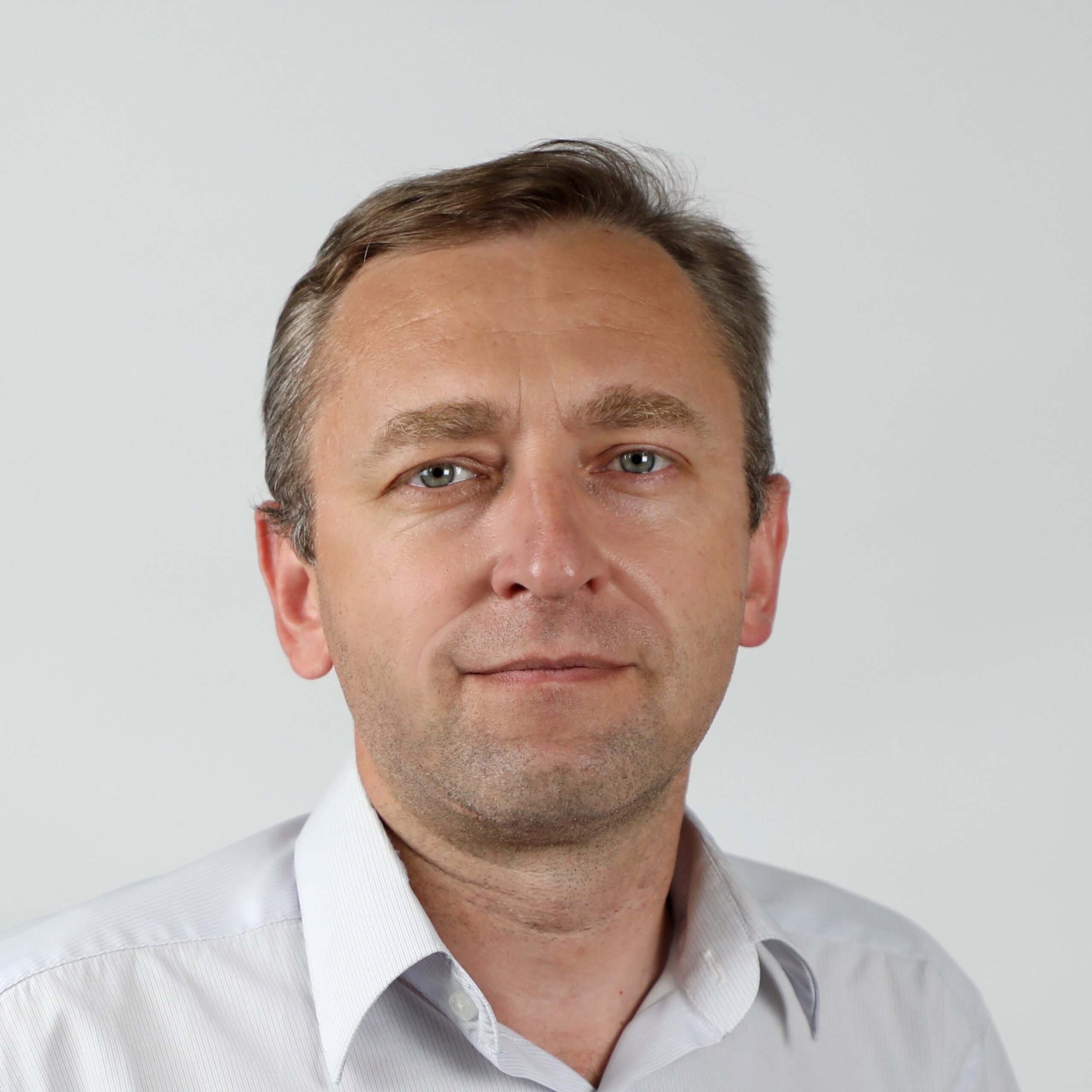
Anatolii Vivat
Technologist
Lviv Polytechnic
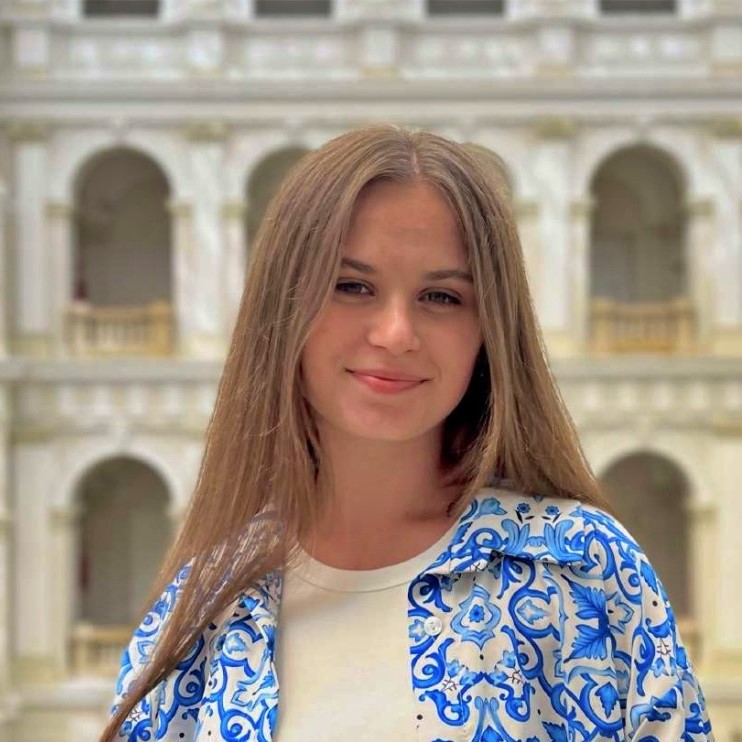
Kateryna Boiko
BS Student
Lviv Polytechnic
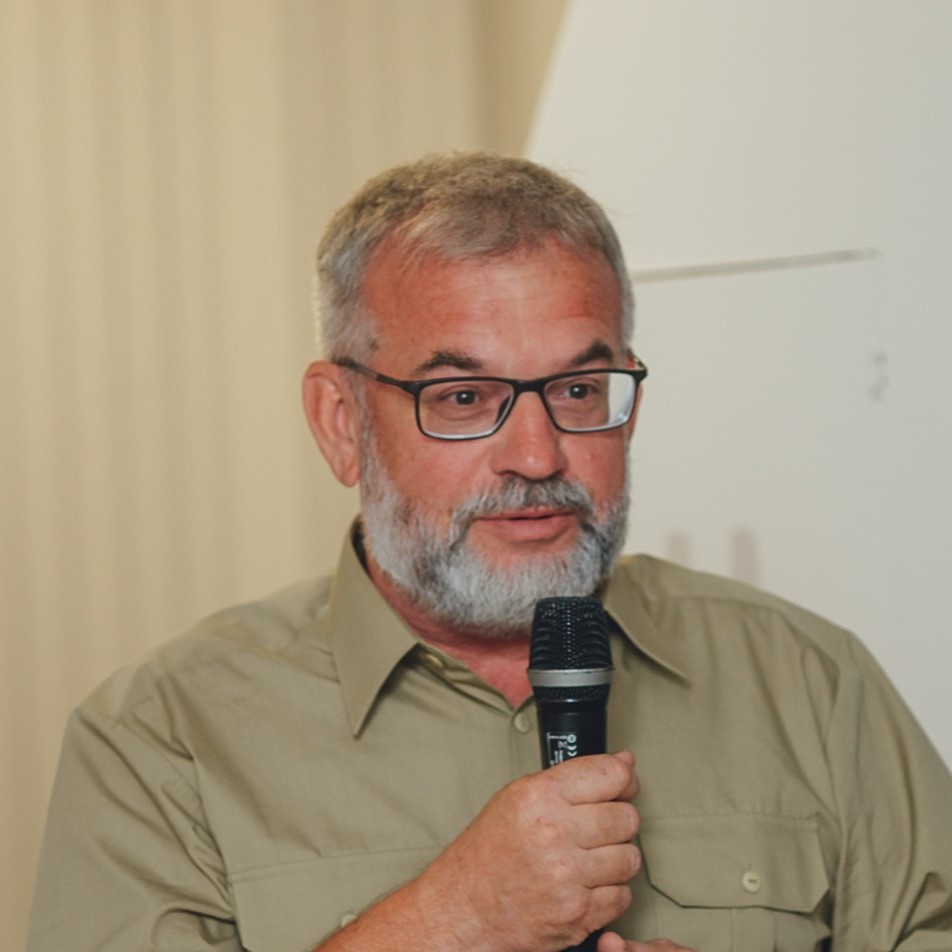
Yuriy Chernevyi
Community Liaison
Precarpathian Professional College of Forestry and Tourism

